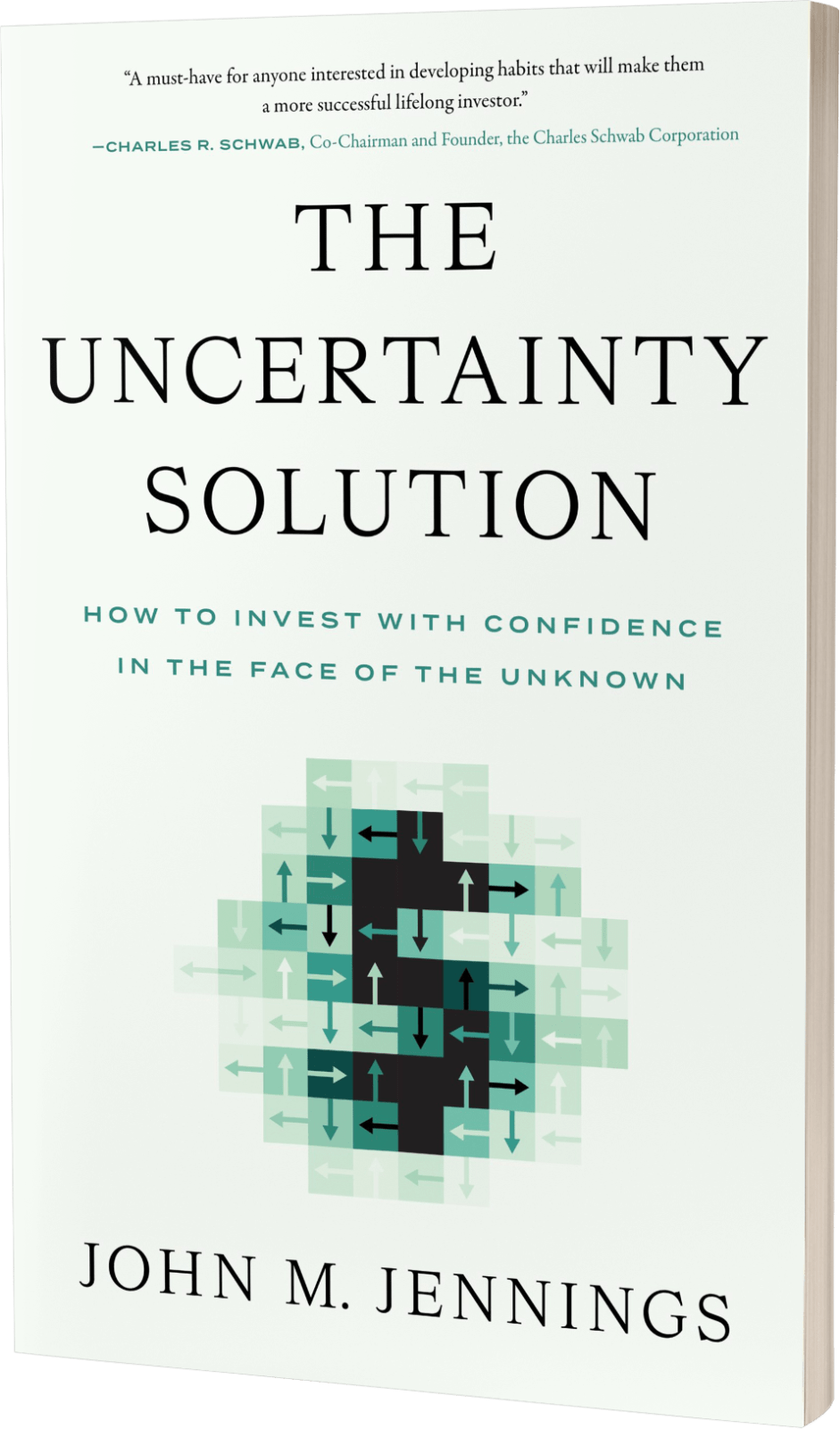
We humans look and feel solid. As do our houses, cars, pets, food, trees, etc. Yet, we (and everything else) are 99.999999% empty space.
Everything is made up of atoms. The size of an atom is determined by the average location of its electrons. Within the atom there is mostly space. The nucleus of an atom is about 100,000 times smaller than size of the atom. To put this in context, if the nucleus of an atom, made up of protons and neutrons, were the size of a marble, the size of the atom is about as big as a baseball stadium. So, the vast majority of every atom is just empty space.
This means that if you boiled down all of humanity into just the space occupied by our protons, neutrons and electrons without the empty space, all 7.5 billion of us would fit inside the area of sugar cube.
Given all the empty space inside atoms, why do objects appear solid? The answer concerns electromagnetic repulsion and the Pauli Exclusion Principle (which states that two or more identical fermions cannot occupy the same quantum state within a quantum system simultaneously) . Way beyond this IFOD and my current understanding.
This IFOD pairs well with a prior one concerning the fuzzy existence of electrons: http://www.theifod.com/the-fuzzy-existence-of-electrons/
More reading: http://www.symmetrymagazine.org/article/the-particle-physics-of-you



So my empty feeling should not concern me so much?